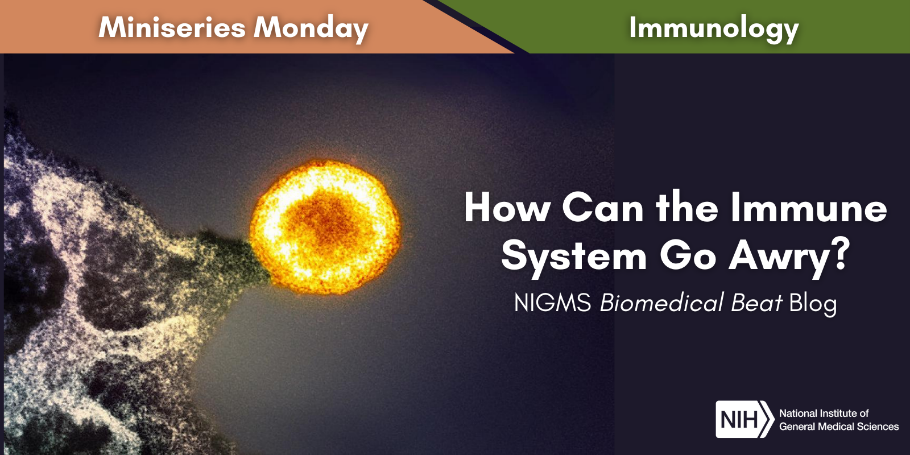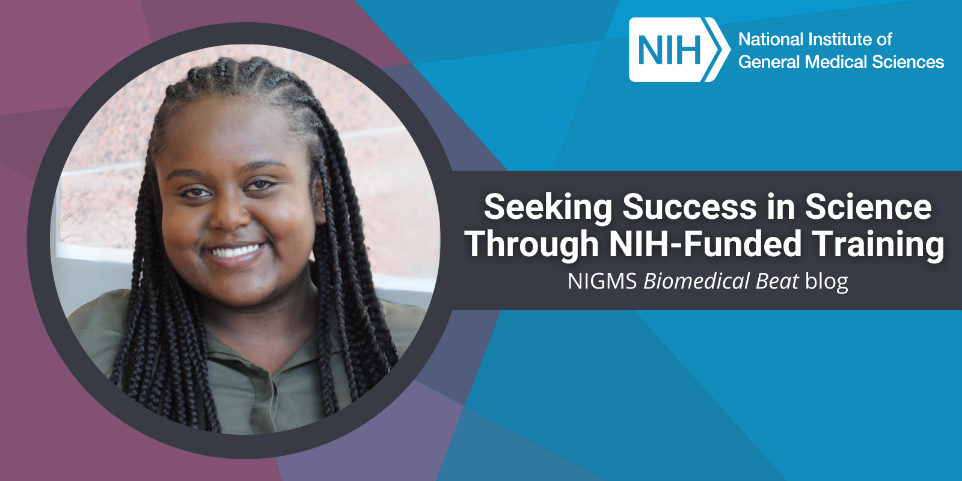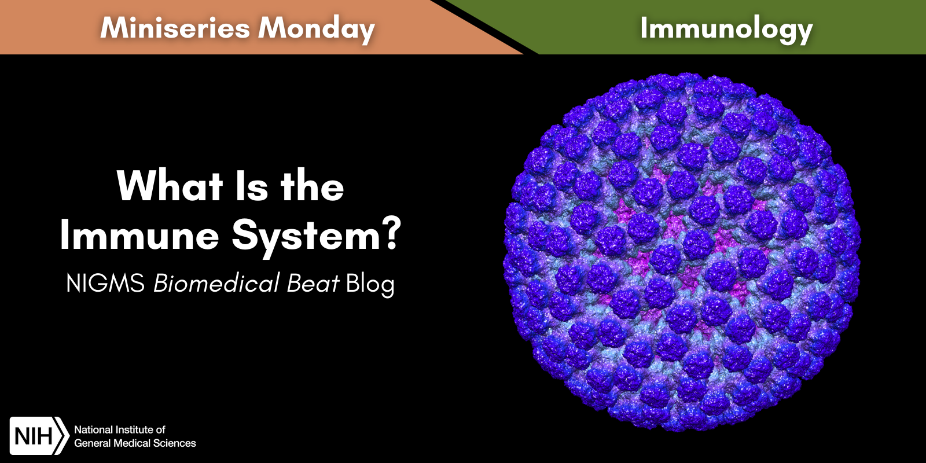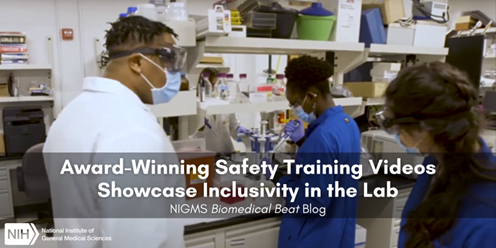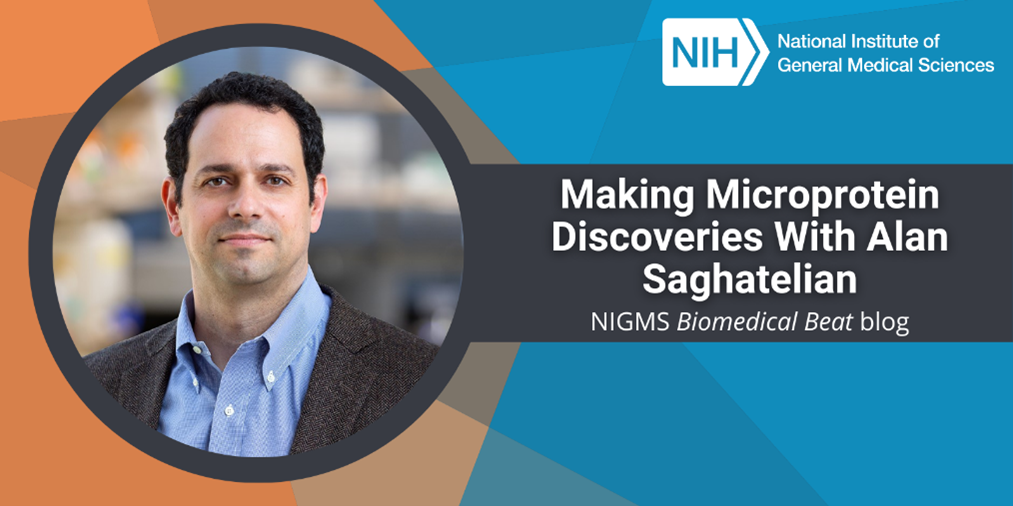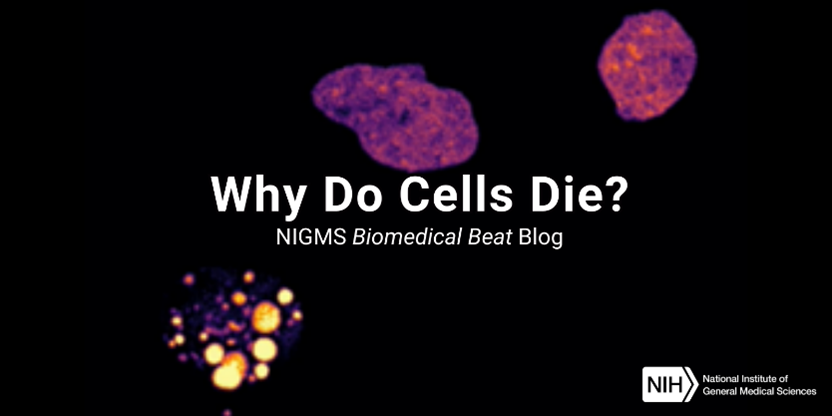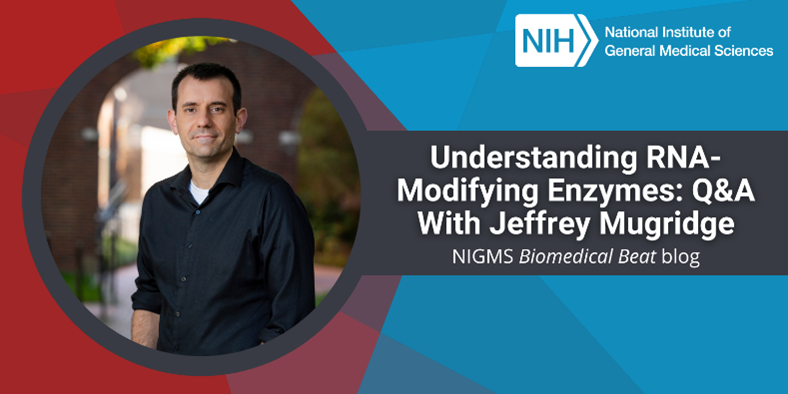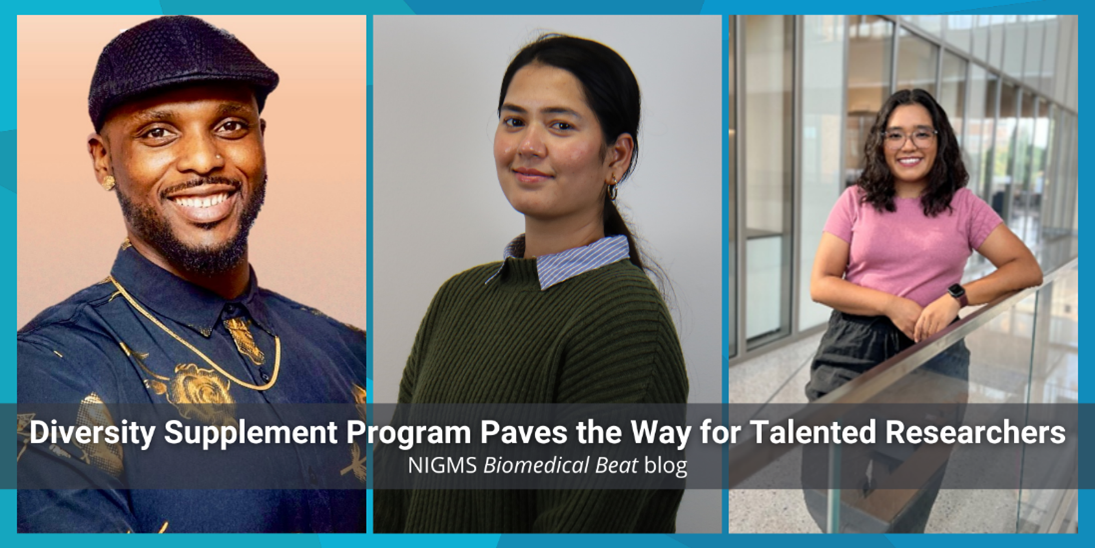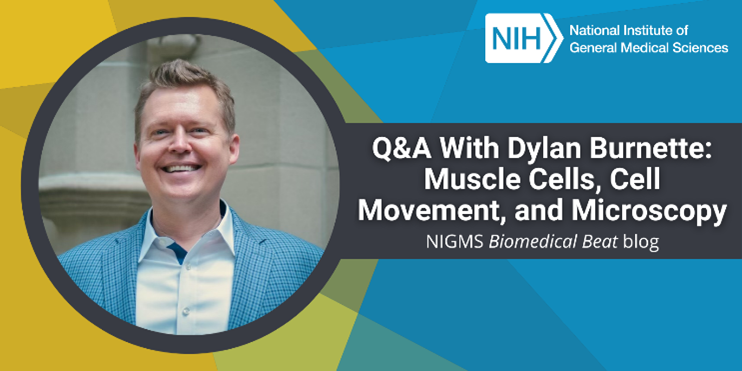The immune system is designed to closely monitor the body for signs of intruders that may cause infection. But what happens if it malfunctions? Overactive and underactive immune systems can both have negative effects on your health.
Continue reading “How Can the Immune System Go Awry?”Posts by Kimberly Smith
Inspiring the Next Generation of Scientists Through CityLab
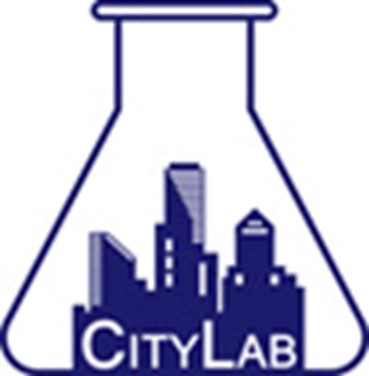
“Many of the students we work with don’t have access to a laboratory through their local schools. For them, CityLab is their first exposure to a laboratory environment—these are hugely important moments for these kids,” says Carl Franzblau, Ph.D., the founder of CityLab at Boston University (BU). CityLab was established more than 30 years ago as a science education outreach program for precollege students and teachers through a partnership between the Chobanian & Avedisian School of Medicine and the Wheelock College of Education & Human Development at BU.
“Since our first Science Education Partnership Award (SEPA) grant in 1991, our mission has been to inspire students to consider careers in the biomedical sciences and broaden the opportunities that are available to them,” says Carla Romney, D.Sc., the director of research for CityLab. Continuous SEPA funding since 1991 has allowed CityLab to fulfill its mission and provide students with state-of-the-art biotechnology laboratory facilities and curricula.
Continue reading “Inspiring the Next Generation of Scientists Through CityLab”Seeking Success in Science Through NIH-Funded Training
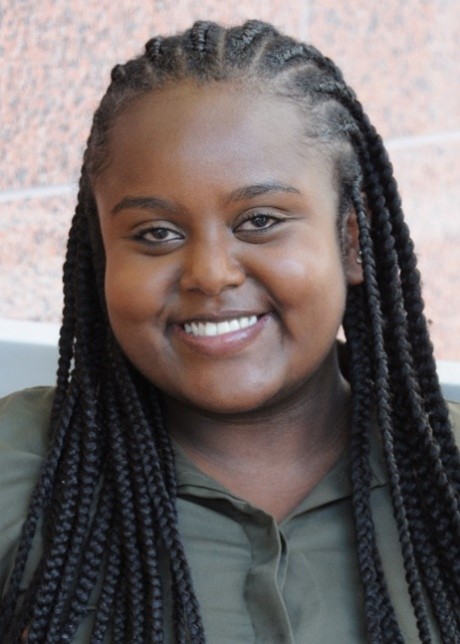
“What’s great about a career in research is that there are so many paths you can take. I get so excited for the future when I think about all the open doors ahead of me,” says Hasset Nurelegne, a senior at Emory University in Atlanta, Georgia. Hasset is majoring in neuroscience and behavioral biology (NBB) as well as English.
Since her first year on campus, Hasset has been an active participant in an NIGMS-funded program at Emory that aims to develop a diverse pool of scientists, the Initiative for Maximizing Student Development (IMSD) (which is now just for graduate students; the Maximizing Access to Research Careers [MARC] program is now available for undergraduates). The Emory IMSD has provided Hasset and other trainees with financial assistance for year-round research experiences and a support system for professional development skills and responsible conduct of research.
Continue reading “Seeking Success in Science Through NIH-Funded Training”What Is the Immune System?
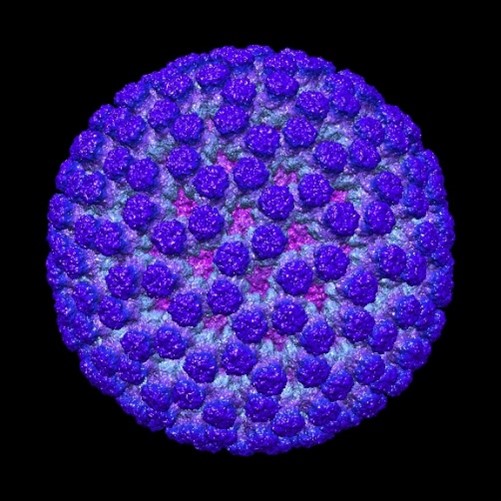
What do antibodies, mucus, and stomach acid have in common? They’re all parts of the immune system!
The immune system is a trained army of cells, tissues, and organs that work together to block, detect, and eliminate harmful insults to your body. It can protect you from invaders like bacteria, viruses, fungi, and parasites.
Innate and Adaptive
The immune system is often thought of as two separate platoons: the innate immune system and the adaptive immune system. Although these two platoons have different jobs and are made up of soldiers with different specialties, they work together to prevent infections.
Continue reading “What Is the Immune System?”Award-Winning Safety Training Videos Showcase Inclusivity in the Lab
Virginia Commonwealth University’s (VCU’s) Center on Health Disparities and safety and risk management department in Richmond teamed up to develop a series of six lab safety training videos with supplemental funding to their NIGMS-funded Initiative for Maximizing Student Development (IMSD) program. The videos cover topics such as safety culture, biosafety, chemical safety, and emergency response, but what sets them apart is how they showcase diversity and inclusion in the lab.
The first video in the safety training series describes the importance of maintaining positive safety culture, which includes people’s perceptions and attitudes toward safety. This video, along with the other five, is on our NIGMS laboratory safety training and guidelines webpage.
Making Microprotein Discoveries With Alan Saghatelian
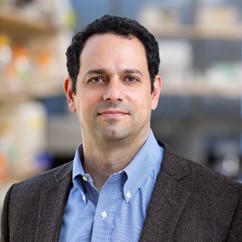
“There aren’t many professions that can provide this much opportunity for learning, especially when it comes to understanding how our bodies work. I really love what I do—I wouldn’t trade it for anything,” says Alan Saghatelian, Ph.D., a professor in the Clayton Foundation Laboratories for Peptide Biology at the Salk Institute for Biological Studies in La Jolla, California. From studying new facts and experimental techniques to adopting new ways of thinking, researchers never stop learning, and Dr. Saghatelian credits his love for learning and exploring as reasons why he’s perfectly suited for science. He’s used these passions to build a successful career in biochemistry.
From Chemistry to Biology
Dr. Saghatelian’s love for chemistry began when he was young. He was drawn to how predictable it could be: Mix two chemical compounds in the same way and they’ll always combine to form the same substance, as dictated by the rules of chemistry.
Continue reading “Making Microprotein Discoveries With Alan Saghatelian”Why Do Cells Die?
You might know that tiny individual units called cells make up your body. But did you know some of your cells die every day as a part of their normal life cycle? These deaths are balanced by other cells splitting into two identical cells, a process called mitosis.
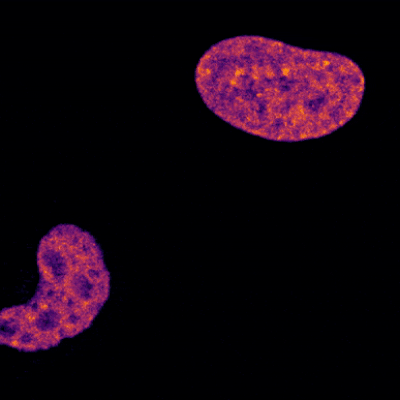
Understanding RNA-Modifying Enzymes: Q&A With Jeffrey Mugridge
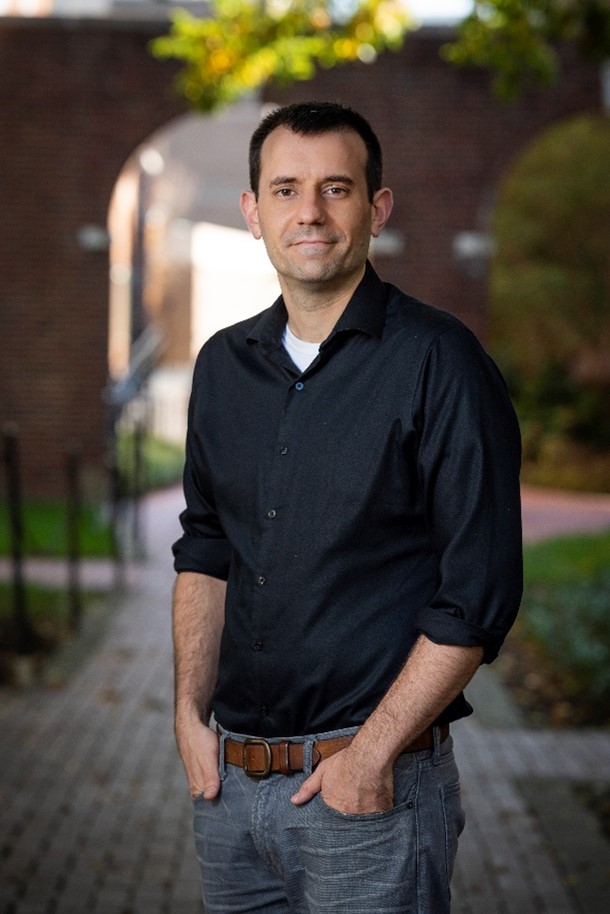
“One of the best aspects of research is the excitement of discovery, being the first person in the world to know a small detail about the system you’re studying,” says Jeffrey Mugridge, Ph.D., an assistant professor of chemistry and biochemistry at the University of Delaware in Newark. We talked with Dr. Mugridge about how a pet store job sparked his early interest in science, why he decided to change his career trajectory after graduate school, and what he believes is key to being a successful researcher.
Q: How did you first become interested in science?
A: My strong interest in science didn’t develop until I was in high
school—I wasn’t one of those kids who had a chemistry set or a deep love for dinosaurs or anything like that. But in high school, I worked in a pet store, where I learned a lot about aquarium science, including the ins and outs of managing water chemistry to keep fish alive. I also had a fantastic chemistry teacher who really helped me foster a love for the field.
Diversity Supplement Program Paves the Way for Talented Researchers
“I hope that one day I’m able to increase our understanding of evolution, and I also hope to increase access to research. I want others to know that this space is open to people who look like me, who come from disadvantaged backgrounds, and who are underrepresented in the sciences,” says Nkrumah Grant, Ph.D., a postdoctoral research associate (postdoc) in microbiology and molecular genetics at Michigan State University (MSU) in East Lansing.
Dr. Grant’s work receives support from the NIGMS Diversity Supplement Program (DSP), which is designed to improve the recruitment and training of promising researchers from diverse backgrounds. Diversifying the scientific workforce can lead to new approaches to research questions, increased recruitment of diverse volunteers for clinical studies, an improved capacity to address health disparities, and many other benefits.
Continue reading “Diversity Supplement Program Paves the Way for Talented Researchers”Q&A With Dylan Burnette: Muscle Cells, Cell Movement, and Microscopy
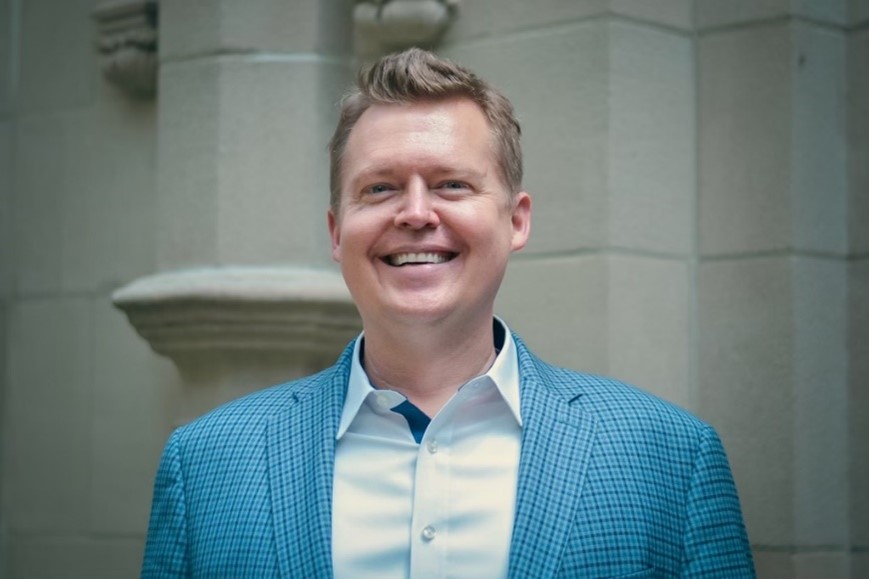
“We scientists know very little of what can be known—I find that invigorating,” says Dylan Burnette, Ph.D., an associate professor of cell and developmental biology at Vanderbilt University School of Medicine in Nashville, Tennessee. “Most people find it exhausting, but I’m comfortable with not knowing all of biology’s secrets.” In an interview, Dr. Burnette shared his lab’s work on muscle cells, the knowledge he hopes readers take away from his research, and some advice to future scientists about being comfortable being wrong.
Q: How did you first become interested in science?
A: Unlike with other subjects (it took me a long time to learn how to read), I excelled at science. In third-grade science class, I knew every answer on the tests. It didn’t occur to me at the time, but I did well because I found it interesting. I decided I wanted to become a medical doctor that year. Back then, doctors were the only type of person who I thought did any type of science.
Continue reading “Q&A With Dylan Burnette: Muscle Cells, Cell Movement, and Microscopy”

